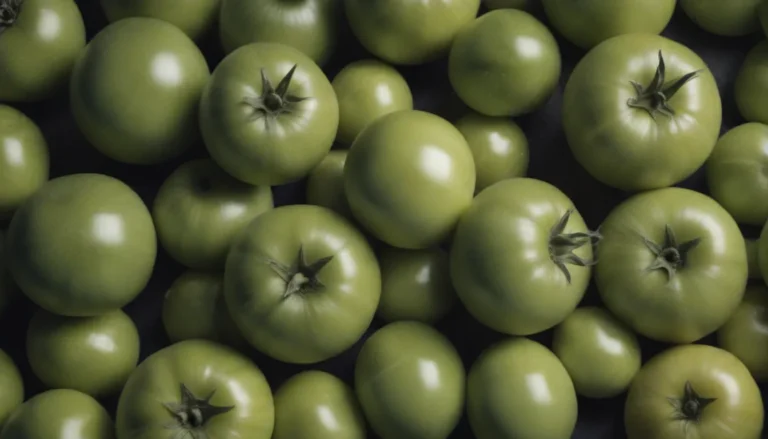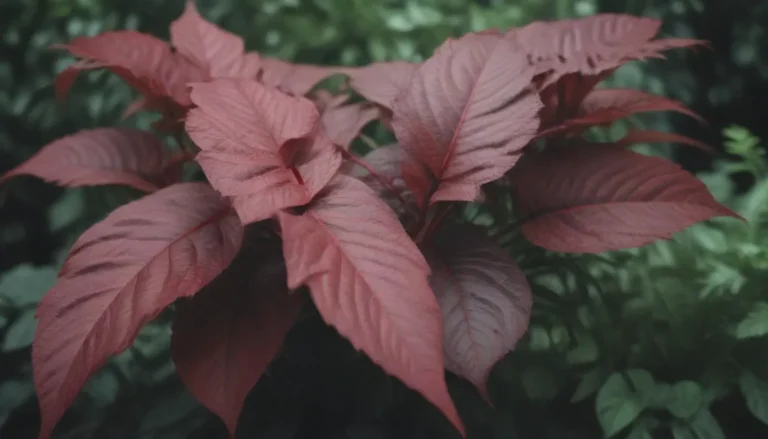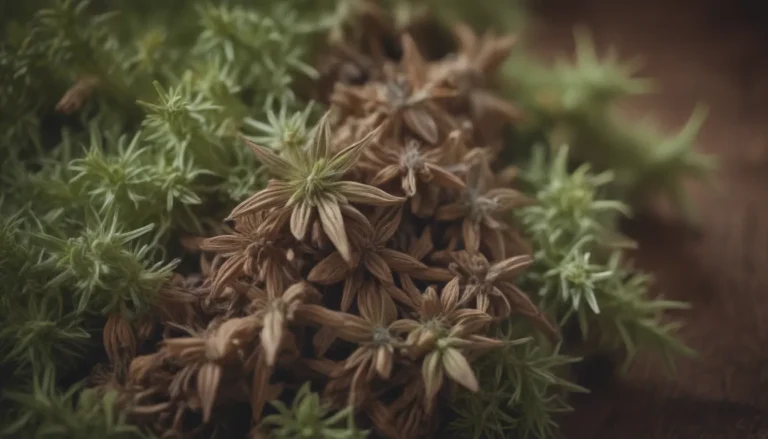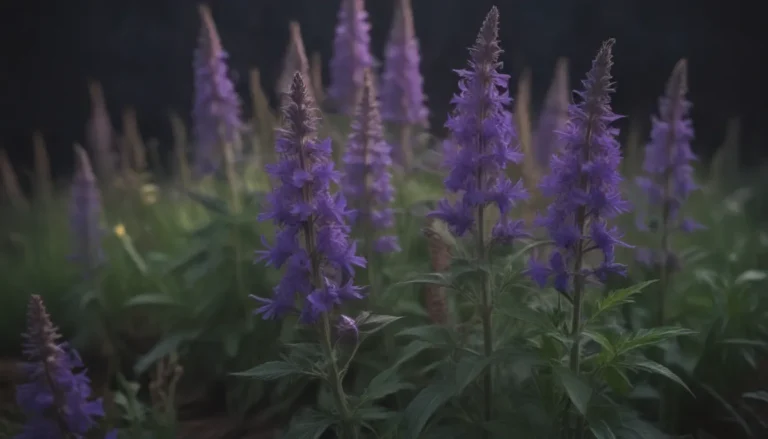The Art of Grafting: A Beginner’s Guide to Joining Plants
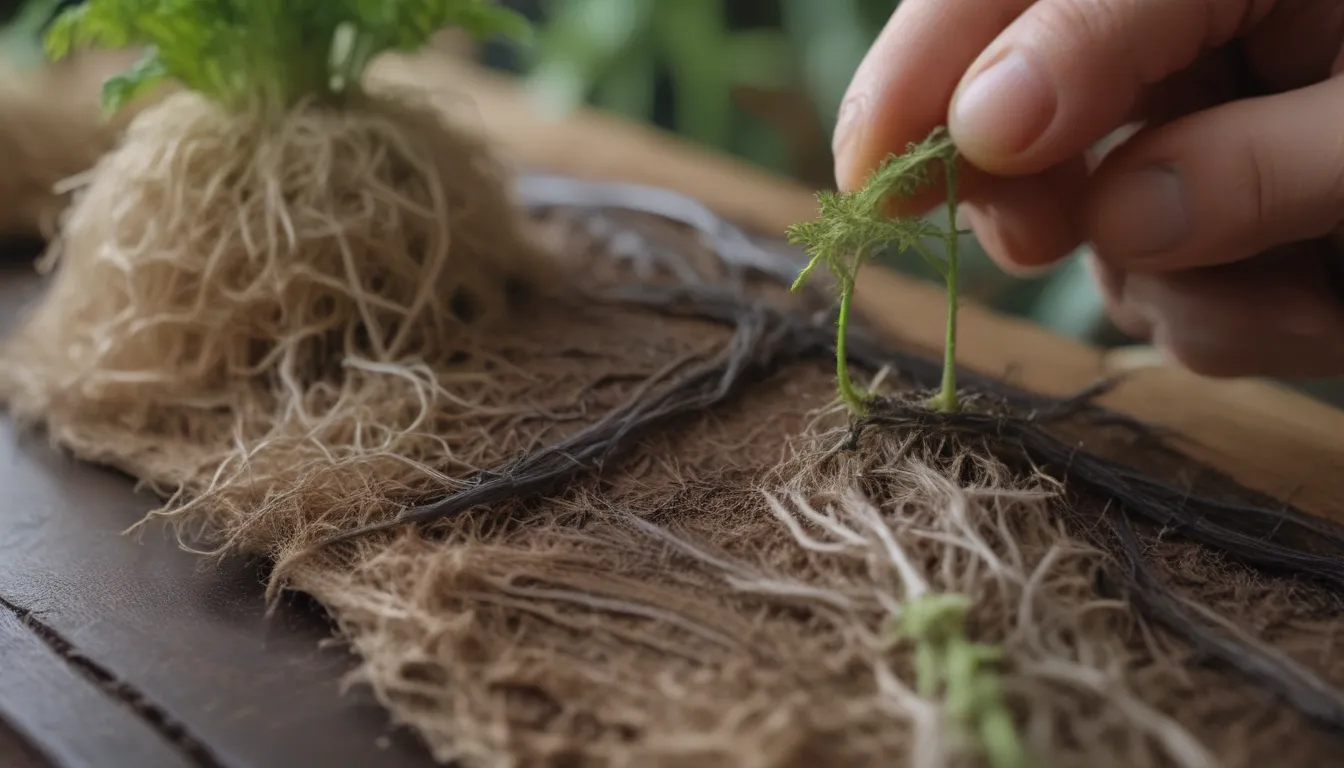
Have you ever wondered how to combine the best characteristics of two plants into one? This is where grafting comes into play. Whether you’re interested in creating hardy and reliable plants, developing new varieties, or even creating dwarf specimens, grafting is a valuable technique that can help you achieve your gardening goals.
Understanding Grafting
Grafting is a technique that involves joining two plants together to create a hybrid with desirable traits. This process typically involves creating a wound on one plant and inserting a portion of another plant into that wound. The two plants’ tissues then grow together, forming a single, unified plant. This method is often used to reproduce plants that do not grow true to type from seed, such as heirloom tomatoes with increased disease resistance and productivity.
Illustration: The Spruce / Melissa Ling
Reasons to Graft Plants
- Hardy and reliable plants: Grafting can create plants that are more resilient to pests, diseases, and environmental stress.
- Develop new varieties: By combining different plants, you can create unique varieties with desirable traits.
- Create dwarf specimens: Grafting onto dwarfing rootstocks can produce smaller, more manageable plants for small gardens or containers.
Which Plants Can Be Grafted?
Many types of plants and trees can be grafted, including fruit trees like apple, cherry, and citrus, as well as other trees such as birch, beech, and spruce. Flowering and vegetable plants, like roses and tomatoes, can also be grafted. However, it’s important to note that not all plants are compatible for grafting. Plants must be closely related in species and genus for successful grafting to occur.
Understanding Rootstocks and Scions
Rootstock
The lower portion of the plant used in grafting is called the rootstock. This part usually consists of the root system and a portion of the stem. Rootstocks play a crucial role in determining the growth characteristics of the plant, such as size, fruit production, and disease resistance. For example, grafting a fruit tree onto a dwarfing rootstock can create a compact tree that is easier to manage and harvest.
Scion
The portion above the graft, known as the scion, is a young shoot or bud with desirable traits like flavor, color, or disease resistance. The scion provides the top growth of the grafted plant, including leaves, flowers, and fruits. By carefully selecting compatible rootstocks and scions, gardeners can create plants that are hardy, productive, and visually appealing.
Special Growing Considerations for Grafted Plants
- Careful maintenance: Grafted plants require regular care and monitoring to ensure the graft remains intact and the desired characteristics are maintained.
- Avoid burying the graft joint: If the graft is buried underground, the rootstock may produce unwanted growth or the scion may develop its own roots, leading to unexpected outcomes.
Understanding Budding as a Grafting Technique
Budding is a modern form of grafting that involves inserting a single mature bud into the rootstock, rather than using a scion with multiple buds. This technique is commonly used for propagating deciduous fruit and shade trees and is known for its reliability and efficiency. As with other grafting methods, budding requires practice and precision to ensure successful results.
Interested in Trying Your Hand at Grafting?
Grafting is a timeless practice that continues to evolve with new research and techniques. Whether you’re looking to experiment with different rootstocks, create unique plant varieties, or simply enjoy the process of grafting, there are endless possibilities to explore in the world of horticulture.
Grafting Techniques
- Cleft grafting: A common method for joining a scion onto a rootstock by making a vertical cut in the rootstock.
- Inlay grafting: Involves cutting a notch in the rootstock and fitting the scion into the notch.
- Four-flap or banana grafting: Uses four flaps of the rootstock bark to secure the scion in place.
- Whip, splice, or tongue grafting: Involves creating clean cuts in both the rootstock and scion, then joining them together.
- Crown grafting: Used for top-working established trees by grafting onto the main branches.
Whether you’re a novice gardener or a seasoned horticulturalist, grafting offers a creative and rewarding way to explore the world of plant propagation. With the right knowledge and tools, you can master the art of grafting and unlock a world of possibilities in your garden. Happy grafting!
